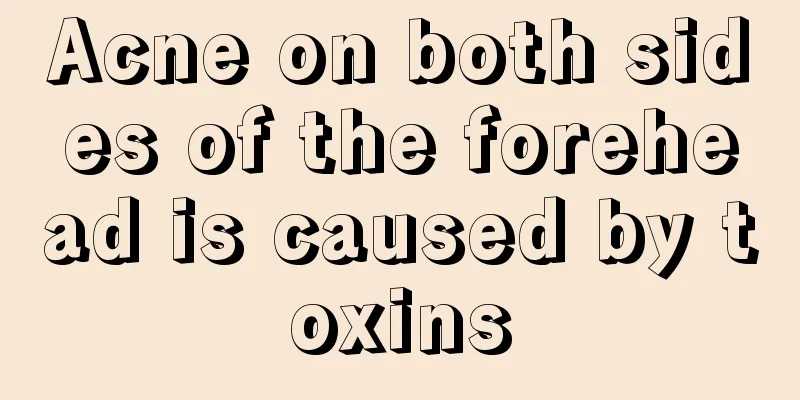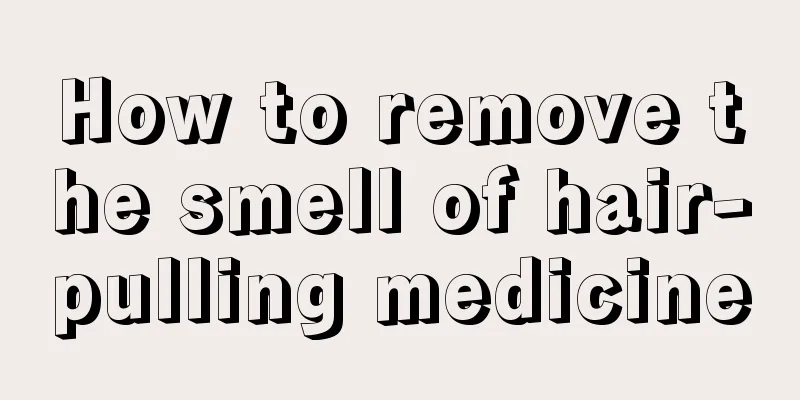Orthodontic brushing method

|
Orthodontics refers to the correction of teeth. It is also a treatment method that can change the bad shape of teeth and make people's teeth look more normal. During the orthodontic process, the therapist needs to do a lot of work, especially in terms of teeth cleaning. Be sure to brush your teeth under the guidance of a doctor and in the correct way. Next, I will introduce to you the correct way to brush your teeth during orthodontic treatment. The first step: choose an orthodontic toothbrush, which is a toothbrush specially designed for orthodontic patients. It consists of bristles, a brush holder and a brush handle. Its characteristic is that the bristles in the middle of the toothbrush brush surface are lower than the bristles on both sides, that is, it presents a "V" shape, so that when the toothbrush contacts the teeth, two three-dimensional contact surfaces are produced, which helps to clean the brackets, arch wires, band rings and ligature wires of the braces, so as to achieve the purpose of effectively cleaning the tooth surface, protecting the braces, and ensuring the orthodontic treatment effect. Step 2: Place the toothbrush on the braces of the maxillary front teeth and brush horizontally or rotate it. Then hold the side of the braces at a 45-degree angle to the gums and rub it gently left and right. Then place the toothbrush above the braces of the maxillary front teeth and hold it at a 45-degree angle to the occlusal surface and rub it gently left and right. Step 3: When brushing the lower teeth, place the toothbrush in the opposite direction to the upper teeth Step 4: The back teeth are the same as the front teeth, but it is best to brush them in one direction (for example: from the upper right back teeth → the upper right front teeth → the upper left front teeth → the upper left back teeth → the lower left back teeth → the lower left front teeth → the lower right front teeth → the lower right back teeth) Step 5: Except for the area where the braces are installed, you can use the Biss brushing method: when brushing the lips and tongue, the bristles should be at an angle of 15-45 degrees to the tooth surface, with the brush head pointing toward the gums, so that the bristles enter the gingival sulcus and interproximal area, and some of the bristles should be pressed on the gingival margin to vibrate back and forth in a short distance. The bristles are pressed tightly against the (0 surface), so that the bristle ends penetrate into the crack area and vibrate back and forth for a short distance. This method has a stronger cleaning ability and overcomes the shortcomings of the sawing horizontal brush method. It becomes a short horizontal brush, which can effectively remove plaque in the neck and gingival sulcus, massage the gums, and avoid wedge-shaped defects in the tooth neck and gum atrophy. Vertical vibration method: The bristles can be parallel to the long axis of the tooth, close to the tooth surface, with the bristles pointing towards the gums, and the tip lightly pressed against the gum margin. Use gentle brushing movements to rotate the toothbrush so that the bristles form a 45° angle with the long axis, and brush from the gums to the incisal end or occlusal surface. The brushing action should be slow so that the tip of the bristles can remove dirt when it passes through the junction of the gums and teeth. However, to adapt to the shape of the dentition, the toothbrush should be held vertically on the lingual side of the front teeth, with the tip of the bristles in contact with the lingual surface, and move in an arc from the gingival margin to the incisal end. The occlusal surface of the teeth can be directly contacted with the tip of the bristles and pulled back and forth. This is a brushing method that is more in line with oral health requirements by brushing vertically up and down along the gaps between teeth. It can remove dirt and massage the gums while avoiding damage to the teeth and periodontal tissues. Rotary brushing method: When brushing the lingual and palatal surfaces of the front teeth, place the tip of the toothbrush bristles directly on the lingual and palatal surfaces of the teeth, pull the upper teeth downward and lift the lower teeth upward. When brushing the occlusal surface of the back teeth, place the bristles on the biting surface and brush back and forth. The above three methods can be combined, for example, first do the horizontal vibration method, then do a few vertical vibration methods, and finally use a rotating brush. Choose the advantages of each method to maintain hygiene during oral correction. Step 6: Use dental floss and interdental brushes to clean the dead corners missed after brushing. Use them gently after brushing. It is not necessary to clean every day. 2-3 times a week is enough, or you can use it every day according to individual teeth. After cleaning, simply brush your teeth again. Step 7: Use a tongue brush to brush from the root of the tongue to the tip of the tongue 7 to 10 times. When brushing your tongue, do not use excessive force and do not damage the tongue tissue. It is best not to cause pain or discomfort. Rinse your mouth after brushing. |
<<: Can traction be used for spinal stenosis?
>>: Muscular dystrophy classification
Recommend
What are the symptoms of thyroid cancer? How to prevent thyroid cancer
There are various sources of disease around us. I...
What are the methods of using enema
The main function of enema is to relieve constipa...
What are the methods to whiten naturally dark skin
Many people are born with dark skin. This is due ...
Drugs for the treatment of metastatic breast cancer
Even for cancer, doctors will recommend some drug...
How long can you live with endometrial cancer
How long can a patient with advanced uterine canc...
A complete collection of folk remedies for the treatment of lung cancer. There are seven folk remedies for lung cancer that are effective
The lungs are the respiratory organs of the human...
Does muscular dystrophy affect intelligence?
Many people are not very familiar with the diseas...
How to deal with cancer pain in late-stage gastric cancer?
Early gastric cancer causes stomach pain. If it i...
7 common primary bone cancers
Bone tumors can be roughly divided into two categ...
Will nasopharyngeal cancer cause vomiting after eating?
Will nasopharyngeal cancer cause vomiting after e...
How to develop high emotional intelligence
In life, you should often hear people say how hig...
Indoor plants that don't like sunlight
People often put some green plants indoors to pur...
Wisdom teeth are inside the gums
Wisdom teeth grow inside the gums. In fact, this ...
Will muscle building increase weight?
Many people pay more attention to their physical ...
Is it good to eat oatmeal dry?
Many families choose oatmeal as their staple food...









